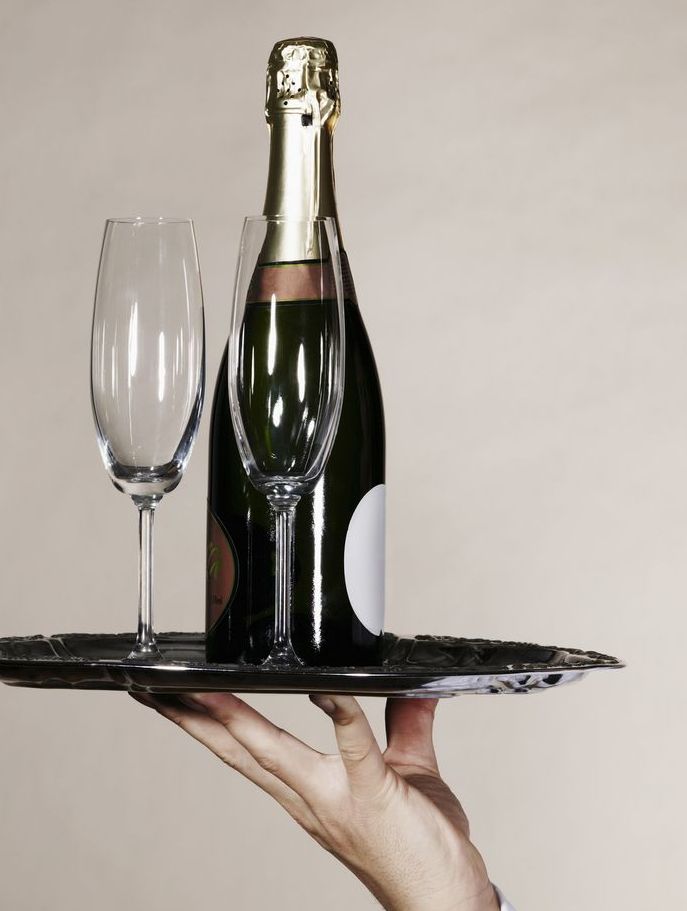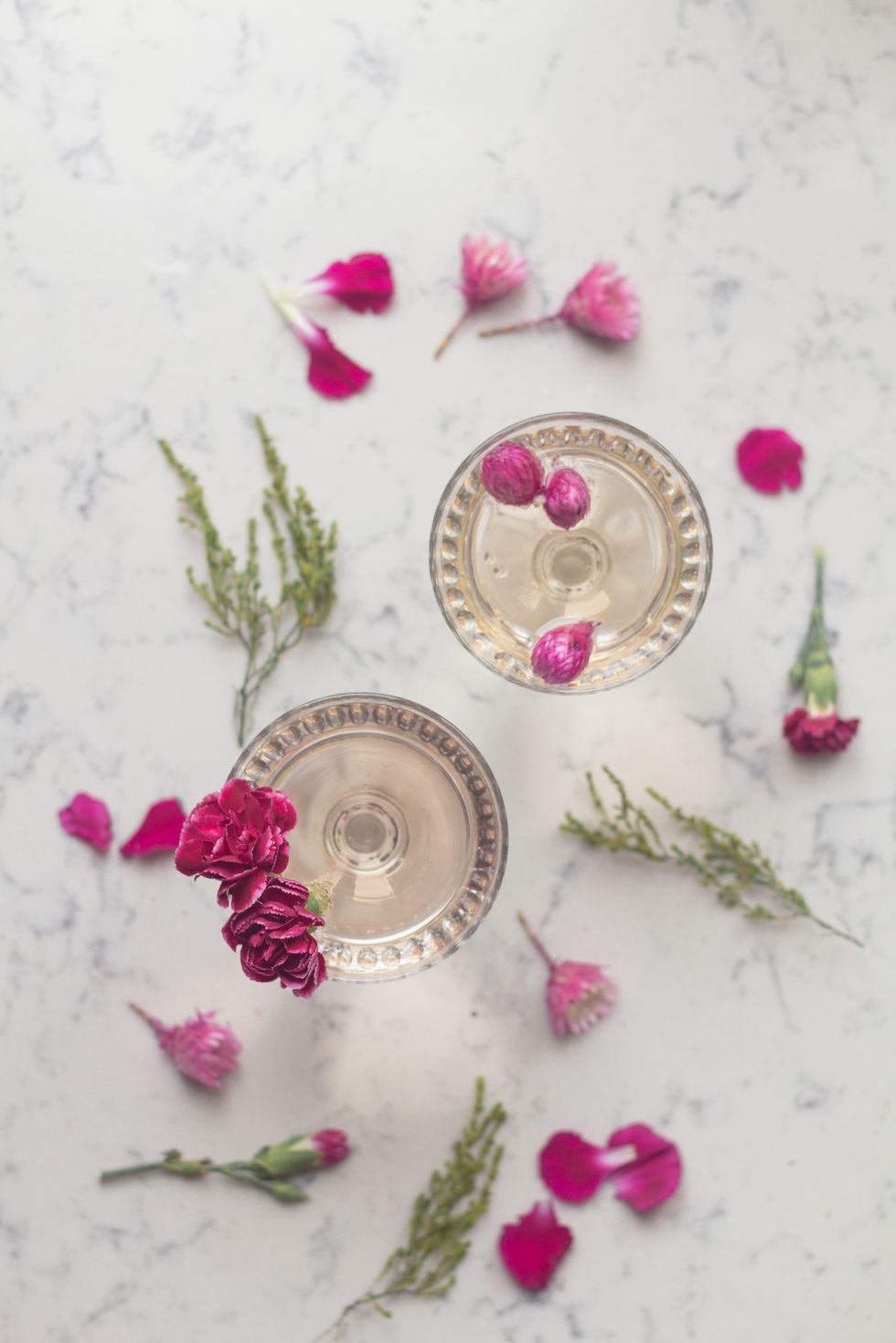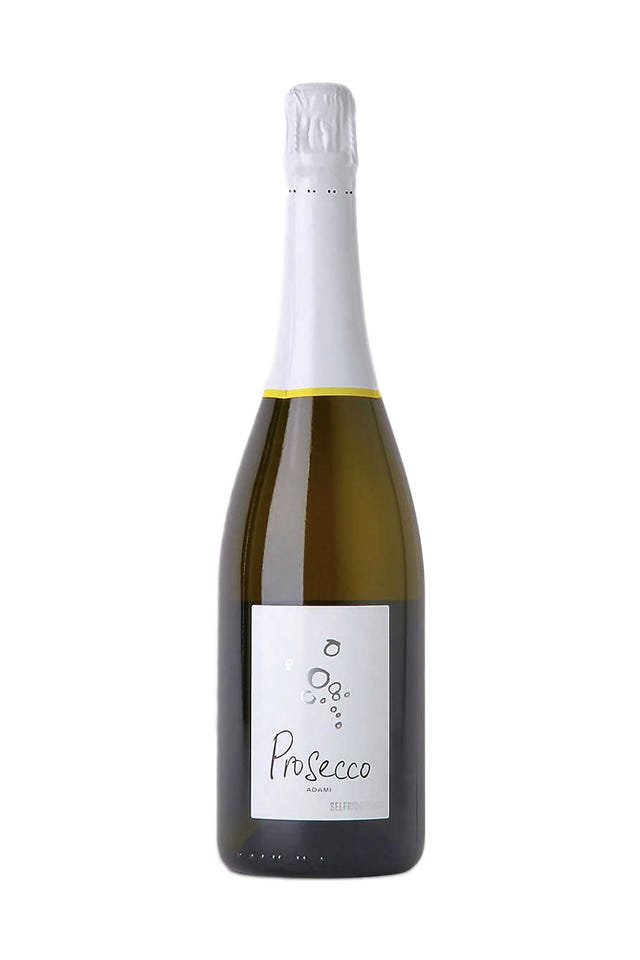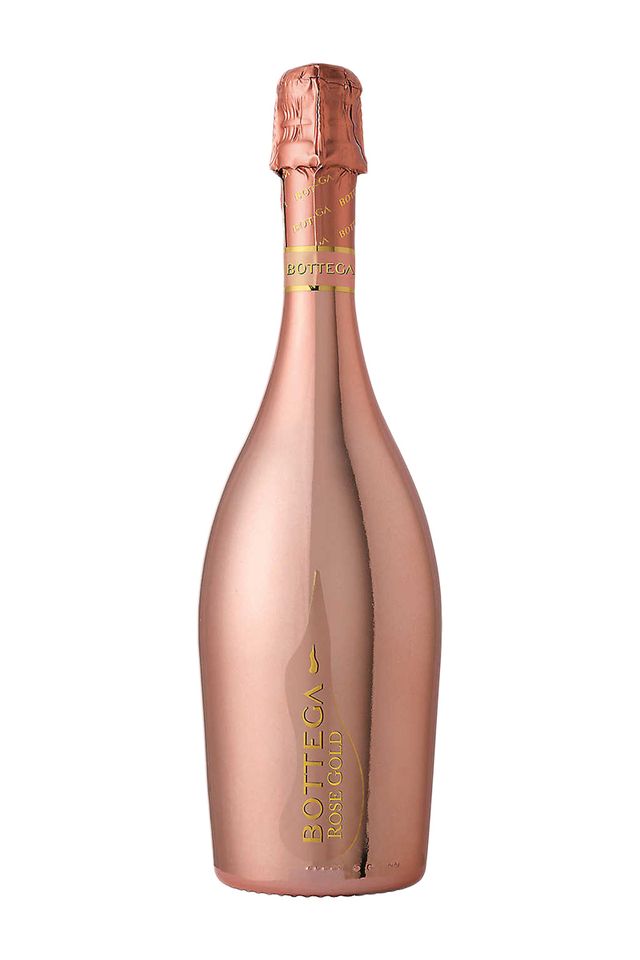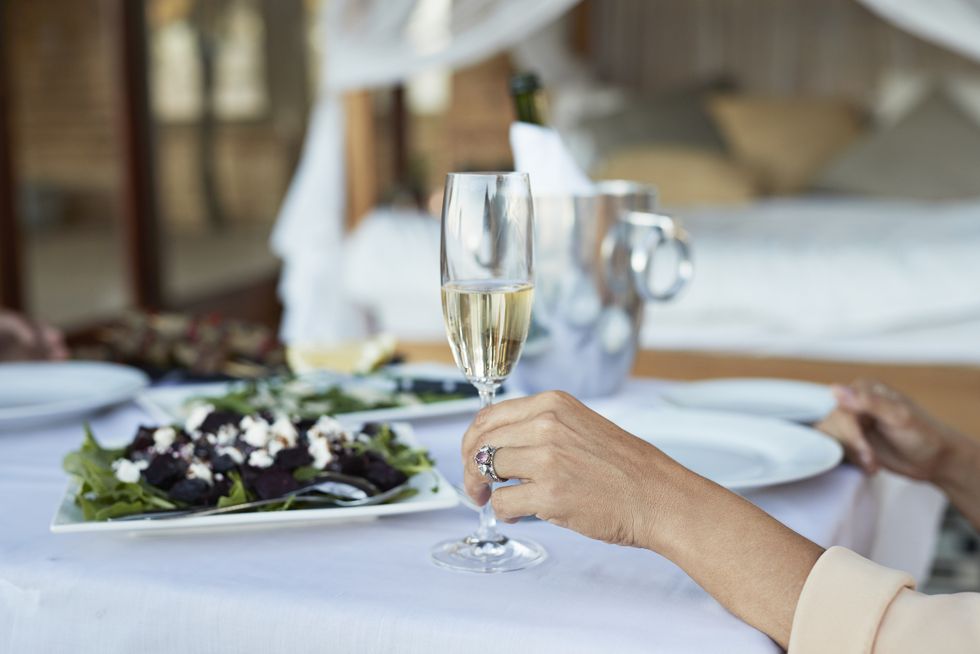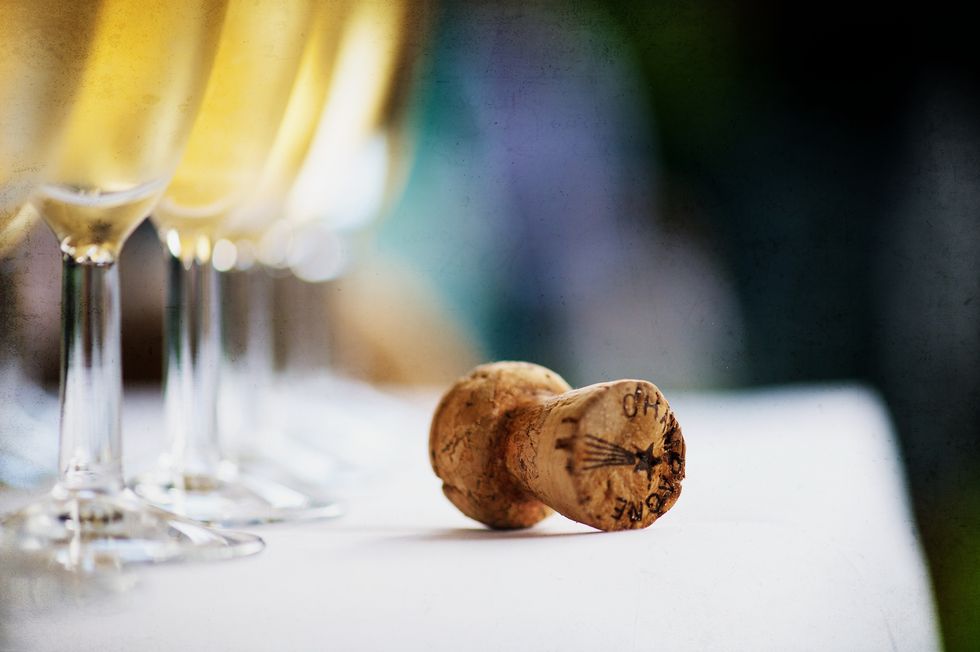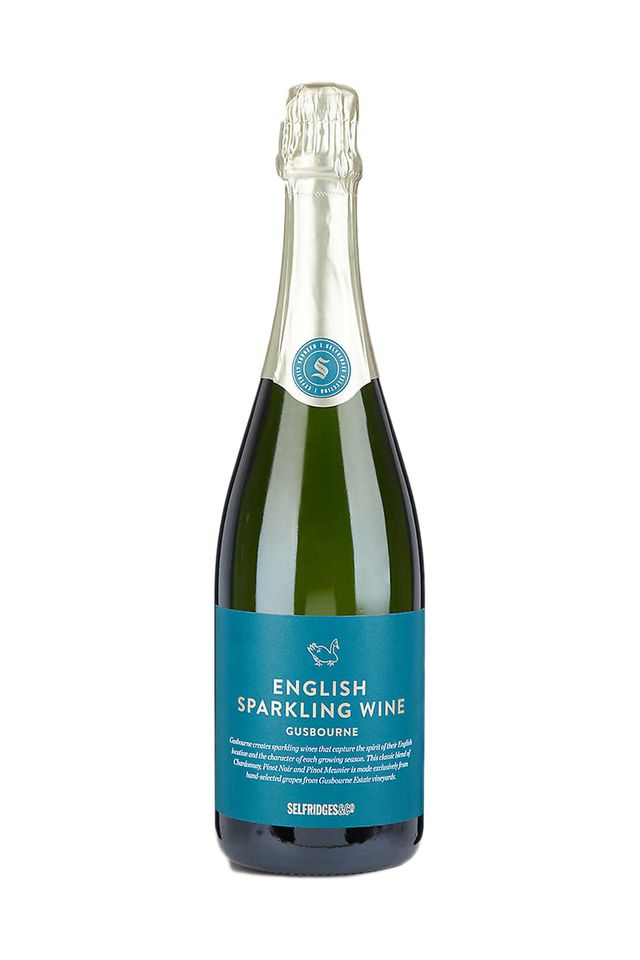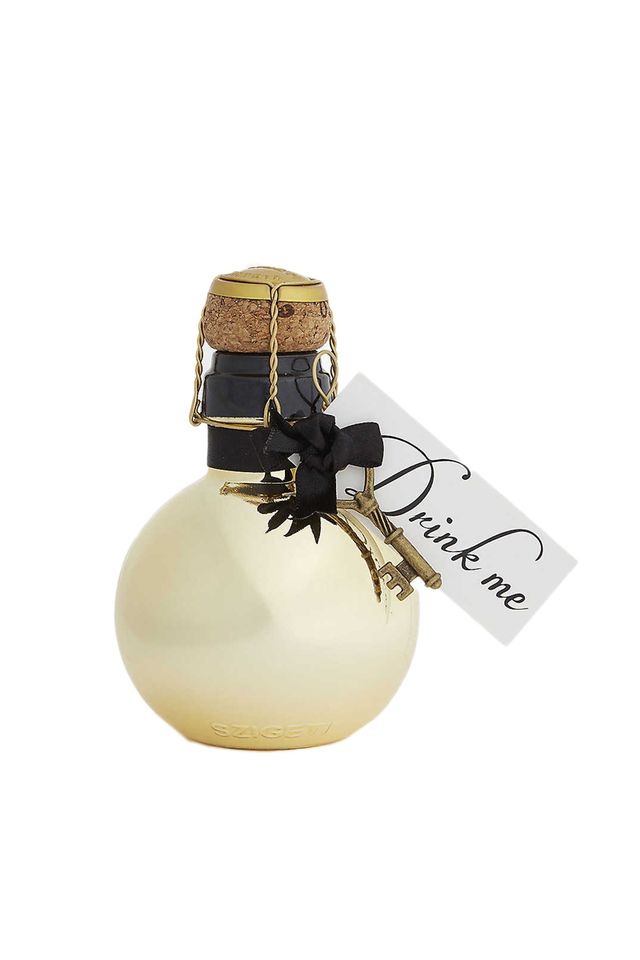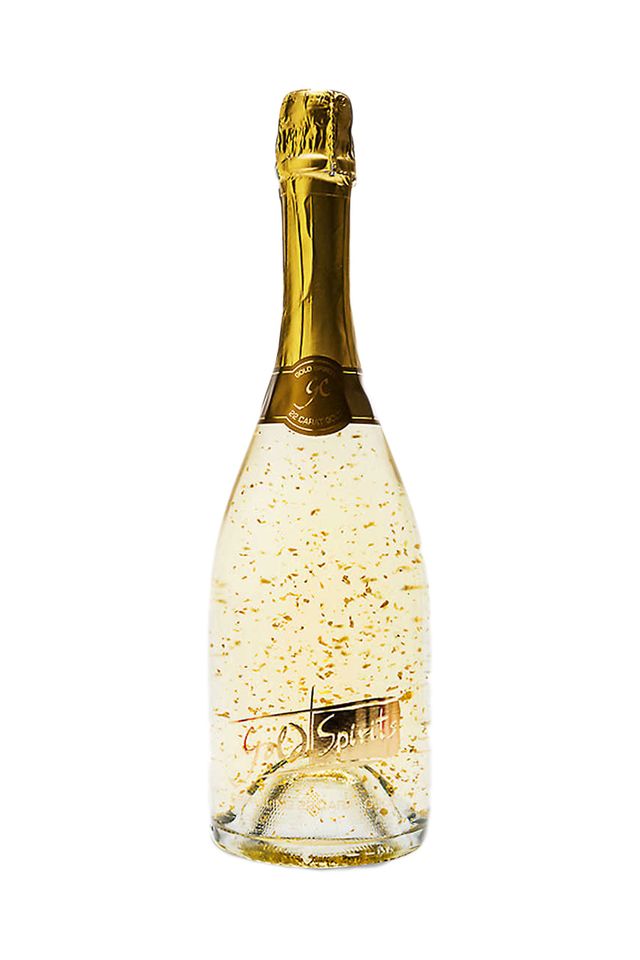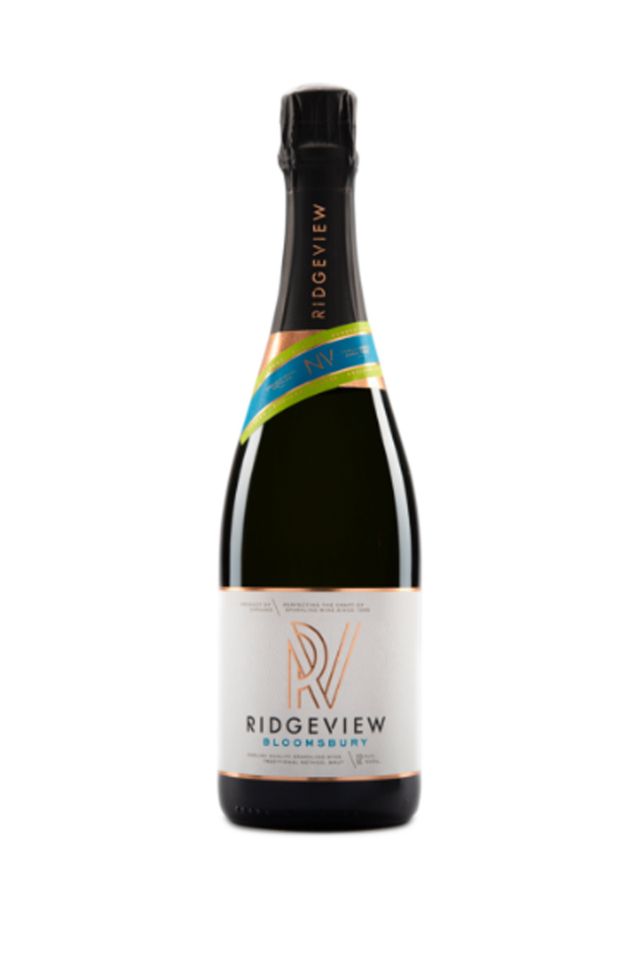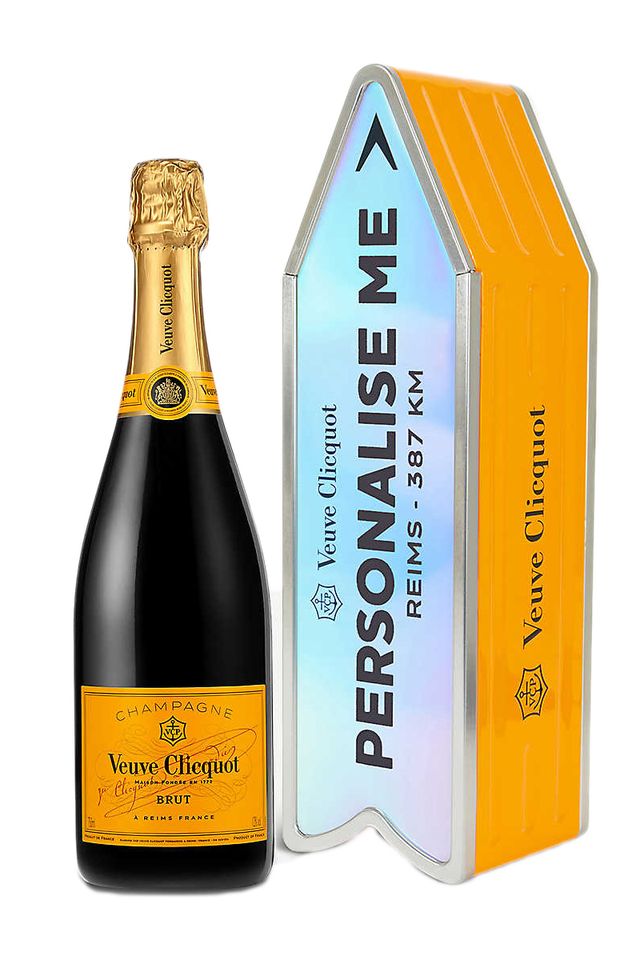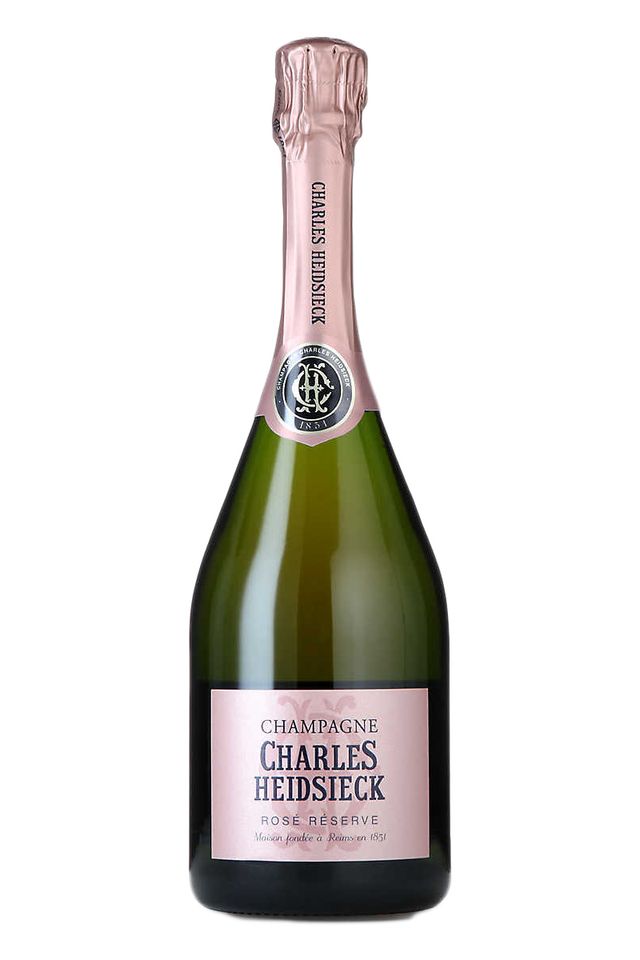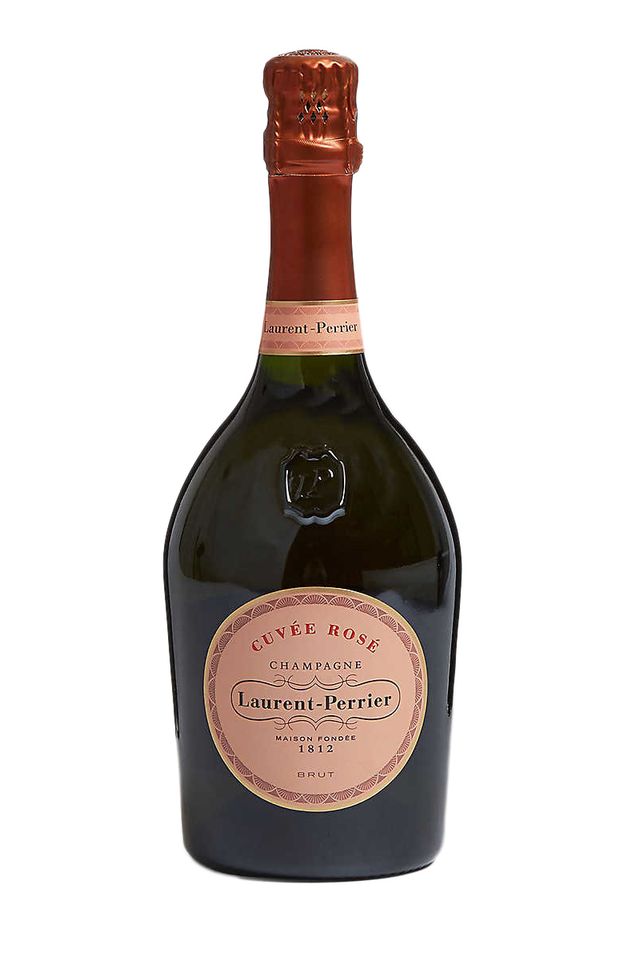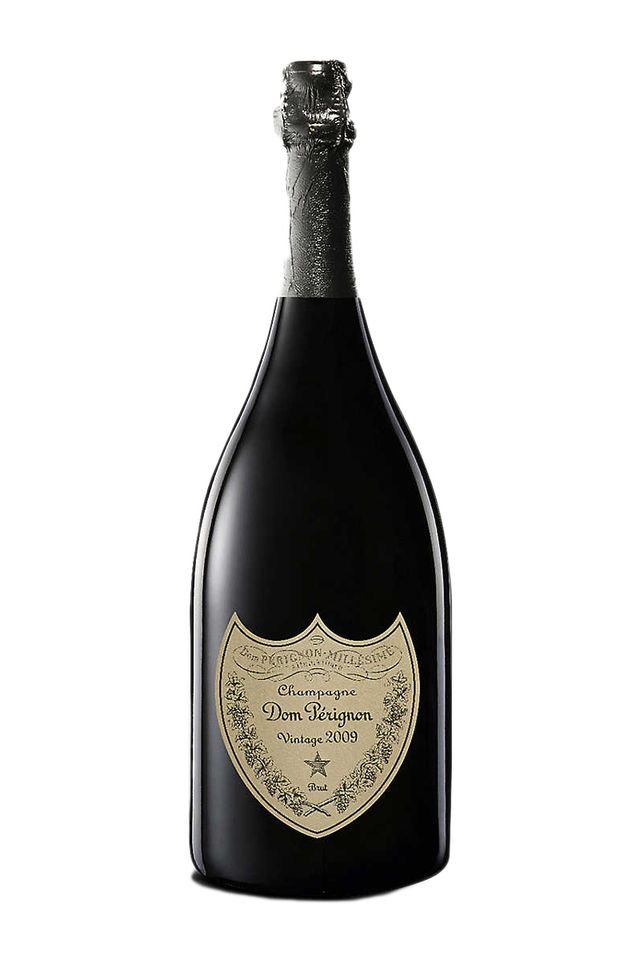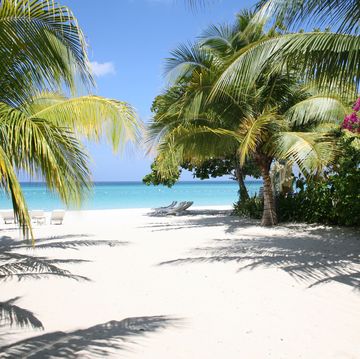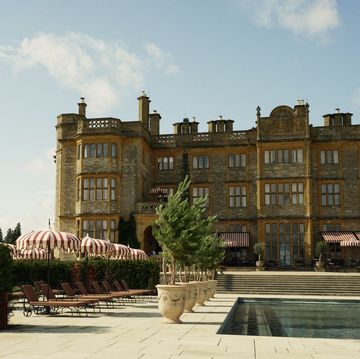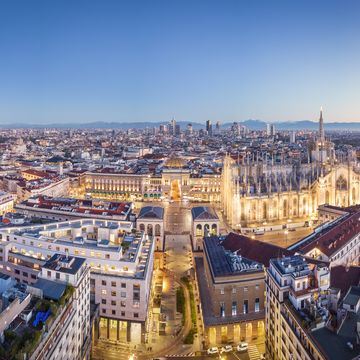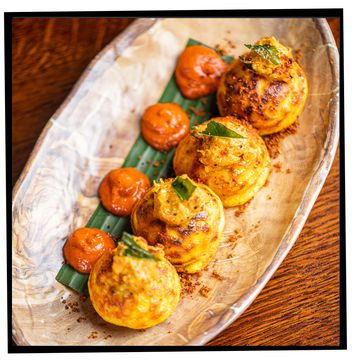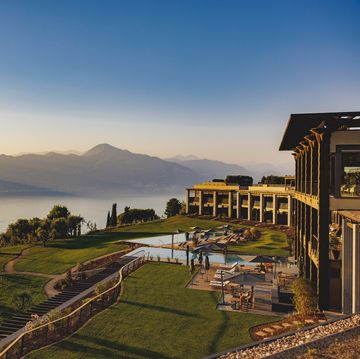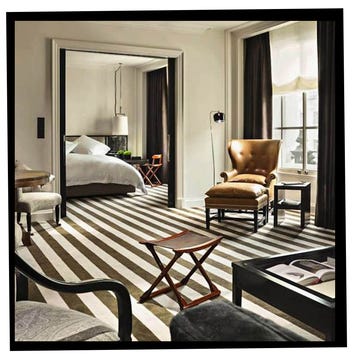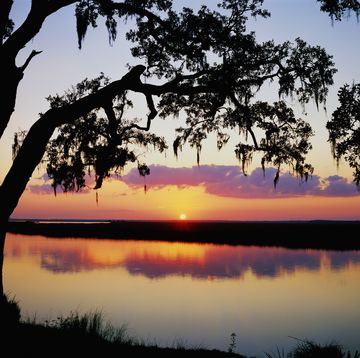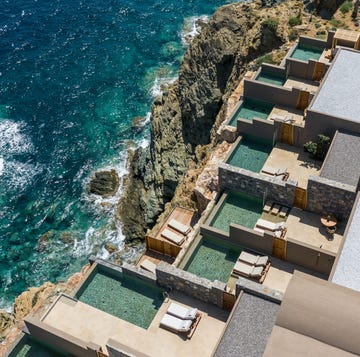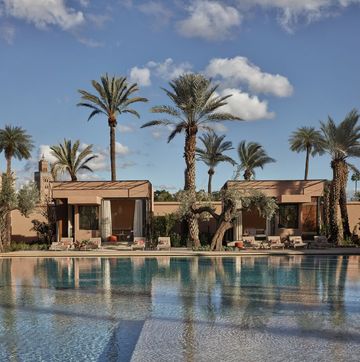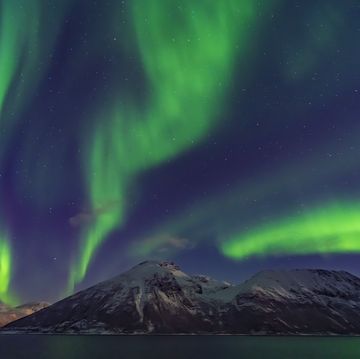Birthdays. Engagements. Weddings. Bar mitzvahs. Leaving dos. There's rarely a celebratory occasion that doesn't call for a bottle of fizz, right?
At the 2020 Golden Globes, a requirement for the right sort of bubbles was so strong that Beyoncé and Jay-Z took things into their own hands and brought their own Ace of Spades champagne to the ceremony, much to the glee of Reese Witherspoon and Jennifer Aniston who begged a glass from the power couple.
But knowing your Laurent Perriers and Bollingers from your Chandon Bruts and Lambertis is tricky business. Given that champagne, prosecco and sparkling wine all look fairly similar in colour, bubble and bottle, we don’t blame the uninitiated for being unable to tell the difference between the three.
However, if you really want to impress your friends – and your taste buds – it’s time to wise up about the differences (and benefits) between the three tipples, from knowing the regions they come from, the grapes that make them and the varying sweetness levels.
What is champagne, prosecco and cava?
Sparkling wines come from all over the world, but have different names depending on where they are made.
If you remember anything from this guide it should be that Champagne comes from the Champagne region, which is in the northeast of France. Meanwhile, prosecco is from Veneto, in northern Italy and cava is from Catalonia, in Spain. We also produce sparkling wine in the UK, F.Y.I.
When it comes to grapes, Champagne is made from a blend or varietal wine made from three grapes - Chardonnay, Pinot Noir and Meunier - whereas prosecco is made from the Glera grape and Cava from Macabeu, parellada and xarello. As for its production, all three drinks undergo a second fermentation which involves creating CO2 to make it sparkling.
What are the main differences between champagne, prosecco and cava?
Champagne is made using the traditional method Champenoise. During this process, yeast is added with sugars and the bottles are left neck down so that the dead yeast cells fall to the neck. The neck is later frozen to release the dead yeast cells (this is called disgorgement) and left to age. According to Sam Caporn, a freelance Master of Wine of over 20 years, Champagne is high in acidity 'with notes of yeast and nuts'.
'It is ageworthy, complex, more expensive and less fruit driven,' she explains.
Similarly, Cava is made using the traditional method (otherwise known as traditionelle because only winemakers in Champagne may legally label their product méthode Champenoise) and is bottle fermented.
In prosecco production, the ‘tank method’ is commonly used, in which the second fermentation happens in a big old tank. Yeast and sugars are added to the wine and the tank is sealed so that the CO2 doesn’t escape. When it comes to taste, more often than not, prosecco will have a sweet, frothy and fruity taste due to its low acidity, according to Caporn.
How many units are in a glass of champagne, prosecco and sparkling wine?
According to Drink Aware, a 125ml glass of Champagne, prosecco and sparkling wine with a 12% ABV contains 12% pure alcohol and around 1.5units.
What’s the difference between non-vintage and prestige cuvée?
'When it comes to Champagne, you can get non-vintage wines, vintage and prestige cuvées such as Dom Perignon,' says Caporn.
Non vintage (NV) is, unsuprisingly, the least expensive type of Champagne, which is made by blending grapes from multiple vintages.
'Legally the wines have to spend at least 12 months on the dead yeast cells as these are responsible for the character of champagne,' the expert says.
Tamara Roberts, the CEO of the English sparkling wine Ridgeview, adds that non vintage wines often help wineries manage stock.
'Traditionally, vineyards in cool climates can have fluctuations in quantities according to the weather each year,' she says. 'Non-vintage wines allow wineries to collect volume in big harvests to help make up for the smaller vintages.'
Vintage Champagnes, meanwhile, are classified as such depending on the year the grapes they’re made from are grown. All the grapes in the bottle will be harvested from the same year and legally must have spent at least three years on the lees (a technical term referring to the sediment or dead yeast from fermentation ) so they are 'complex, even more age-worthy and expensive', notes Caporn.
A Prestige Cuvée Champagne is a high-end vintage tipple which is produced from only the best grapes. 'They are vintage but aged for longer on the yeast cells, from premium vineyard sites and can age for decades,' Caporn adds.
Famous prestige cuvée brands include Roederer Brut NV, Roederer Vintage and then Roederer Cristal Vintage.
Does the taste or value of champagne differ depending on its size?
If, like us, you always thought that large or mini bottles of champagne, sparkling wine and prosecco were just a gimick, think again.
'The size of the bottle does lend a subtle difference to the wine,' explains Caporn.
'Larger bottle formats age more slowly and are seen as being even more desirable and are wonderful for parties and celebrations. If a Champagne were served out of magnum, it would be expected to taste subtly better than out of a normal 75cl bottle.'
While mini bottles (half bottles or 20cl) are great for drinking by yourself, the Master of Wine says finds that they do age faster. 'They can also be a bit more expensive than a standard size bottle too so the best value is usually a normal sized bottle,' she says. 'Champagne is wonderful to buy when retailers offer a standard discount across the entire range.'
How should champagne, prosecco and cava be stored?
Space constraints more often than not mean the majority of us store a bottle of bubbly upright in the fridge door or on it’s side in a cooling rack. Fortunately, according to Caporn, this is completely acceptable.
'Because of the carbon dioxide in sparkling wines they can actually be stored upright and not lying down, as is recommended for still wines under cork (wines under screw cap can also be stored standing up) though it is far more practical to store them in a wine rack laid horizontally.' she says.
However, Roberts suggests storing Champagne and specifically English sparkling wines in cool, dry areas such as a cellar at around 12 – 14 degrees.
'The storage space should be relatively dark as it has been proven that light can change the flavour profile of the wine,' she says. 'The temperatures should be consistent as fluctuations in heat can affect the wine. Obviously, not many of us have ready made cellars at home, so the best place to store the bottles might be under your bed - anywhere out of the way of a radiator and definitely not next to the oven.'
Regardless of orientation, she says that it's more important to keep the wine fridge cold ('though not too cold as it mutes some of those lovely aromas') to avoid too much fizz when opening.
As for popping open the bottle, it's also advisable to twist the bottle - not the cork - and serve the tipple in a tulip-shaped glass rather than a flute or coupe as was traditionally the preferred glass.
Roberts advises serving Champagne prosecco and Sparkling wine should be chilled to around 5 – 7 degrees celsius before serving, 'ideally pre chilled in the fridge and then submerged into ice before opening'.
Does the spoon in the bottle trick work for keeping it fizzy?
If you’ve always popped a metal spoon or fork into the neck of an opened bottle of bubbly to keep it fizzy, then we’re afraid to say you’ve been wasting your time.
‘We’ve already done several experiments on this, and a spoon has no action on keeping dissolved CO2 in sparkling wine,’ Gérard Liger-Belair, professor at University of Reims Champagne-Ardenne and a leading researcher on Champagne bubbles, told the consumer wine publication Decanter.
Instead, Caporn and Roberts agree that you’re best off investing in a champagne stopper to give the bottle a tight seal and keeping it as cold as possible.
'The wine should then be fizzy the following day and sometimes, it can even be enjoyed the day after that,' Caporn notes.
Where is the best place to drink bubbles in London?
London has some of the finest champagne bars in the globe.
Here is where to drink your fizz in style:
- St Pancras Champagne Bar
- Champagne Room at The Connaught
- Kettner’s Townhouse Champagne Bar
- The Ritz
- Laurent-Perrier Champagne Bar at the Royal Albert Hall
- Champagne + Fromage
- Vertigo42
Like this article? Sign up to our newsletter to get more articles like this delivered straight to your inbox.

Katie O'Malley is the Site Director on ELLE UK. On a daily basis you’ll find Katie managing all digital workflow, editing site, video and newsletter content, liaising with commercial and sales teams on new partnerships and deals (eg Nike, Tiffany & Co., Cartier etc), implementing new digital strategies and compiling in-depth data traffic, SEO and ecomm reports. In addition to appearing on the radio and on TV, as well as interviewing everyone from Oprah Winfrey to Rishi Sunak PM, Katie enjoys writing about lifestyle, culture, wellness, fitness, fashion, and more.
